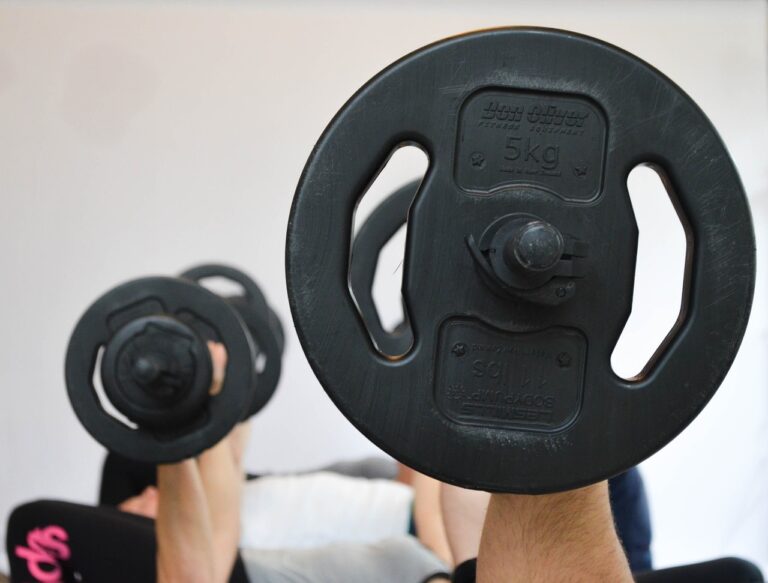The Future of Robotics in Surgery: Advancements and Applications
Robotic surgery has rapidly evolved over the past few decades, transforming the way surgical procedures are performed. With advancements in technology and robotics, surgeons now have access to highly precise tools that can improve patient outcomes and reduce recovery times. In this article, we will explore the latest advancements in robotics in surgery and their applications in various medical fields.
Advancements in Robotics in Surgery
Over the years, robotics in surgery has seen significant advancements in terms of technology, accuracy, and efficiency. One of the most important innovations in this field is the development of robotic-assisted surgery systems. These systems allow surgeons to perform minimally invasive procedures with enhanced precision and control. Another major advancement in robotics in surgery is the use of artificial intelligence (AI) and machine learning algorithms. These technologies can help surgeons make more informed decisions during procedures by analyzing data in real-time and providing insights and recommendations.
Applications of Robotics in Surgery
Robotics in surgery is being used in a wide range of medical fields, including urology, gynecology, orthopedics, and neurosurgery. Some of the most common applications of robotics in surgery include: 1. Prostate Surgery: Robotic systems have been used to perform prostatectomies with improved precision and reduced risk of complications. 2. Gynecological Surgery: Robotic-assisted systems are being used for hysterectomies and other gynecological procedures, leading to faster recovery times and less post-operative pain. 3. Orthopedic Surgery: Robotics in surgery can assist orthopedic surgeons in performing joint replacement surgeries with greater accuracy and better outcomes. 4. Neurosurgery: Robotic systems are used in neurosurgery for delicate procedures such as tumor removal and deep brain stimulation.
Benefits of Robotics in Surgery
The use of robotics in surgery offers several benefits for both patients and surgeons. Some of the key advantages of robotic-assisted surgery include: 1. Improved Precision: Robotic systems can perform complex procedures with greater accuracy than traditional surgical methods. 2. Faster Recovery Times: Patients undergoing robotic-assisted surgeries often experience shorter hospital stays and quicker recovery times. 3. Reduced Risk of Complications: The precise movements of robotic systems can help reduce the risk of complications during procedures. 4. Enhanced Visualization: Robotics in surgery provides surgeons with a 3D view of the surgical site, allowing for better visualization and control. 5. Minimal Scarring: Robotic-assisted surgeries are minimally invasive, resulting in smaller incisions and less scarring for patients.
Challenges and Limitations
While robotics in surgery offer numerous benefits, there are also challenges and limitations to consider. Some of the main challenges include the high cost of robotic systems, the need for specialized training for surgeons, and potential technical issues during procedures. Additionally, there may be limitations in certain types of surgeries that cannot be performed using robotic-assisted systems.
Future Trends in Robotics in Surgery
Looking ahead, the future of robotics in surgery is promising, with ongoing research and development in the field. Some of the key trends to watch for in the coming years include: 1. Integration of AI: Artificial intelligence will continue to play a significant role in robotics in surgery, helping surgeons make more informed decisions and improve patient outcomes. 2. Miniaturization of Robotics: Future robotic systems are expected to become smaller and more lightweight, allowing for greater flexibility and maneuverability during procedures. 3. Telesurgery: With advancements in telecommunications technology, telesurgery where a surgeon operates on a patient remotely using robotic systems may become more widespread. 4. Personalized Medicine: Robotics in surgery will enable more personalized treatment plans for patients, tailored to their specific needs and conditions.
FAQs
Q: Are robotic-assisted surgeries safe?
A: Robotic-assisted surgeries are generally considered safe, with a lower risk of complications compared to traditional surgical methods. However, all surgeries carry some level of risk, so it is important to discuss the potential benefits and risks with your healthcare provider.
Q: How long does it take to recover from a robotic-assisted surgery?
A: Recovery times can vary depending on the type of surgery performed and individual factors. In general, patients undergoing robotic-assisted surgeries may experience shorter hospital stays and faster recovery times compared to traditional surgeries.
Q: Will robotic surgery replace traditional surgery methods?
A: While robotics in surgery offer numerous benefits, they are not intended to replace traditional surgical methods entirely. Robotic-assisted surgeries are meant to complement and enhance the skills of surgeons, providing greater precision and control during procedures.
In conclusion, robotics in surgery is a rapidly growing field that is transforming the way surgical procedures are performed. With advancements in technology and ongoing research, the future of robotics in surgery looks promising, offering improved precision, faster recovery times, and better outcomes for patients. As the field continues to evolve, it is essential for healthcare providers to stay informed about the latest trends and advancements in robotics in surgery to provide the best possible care for their patients.







